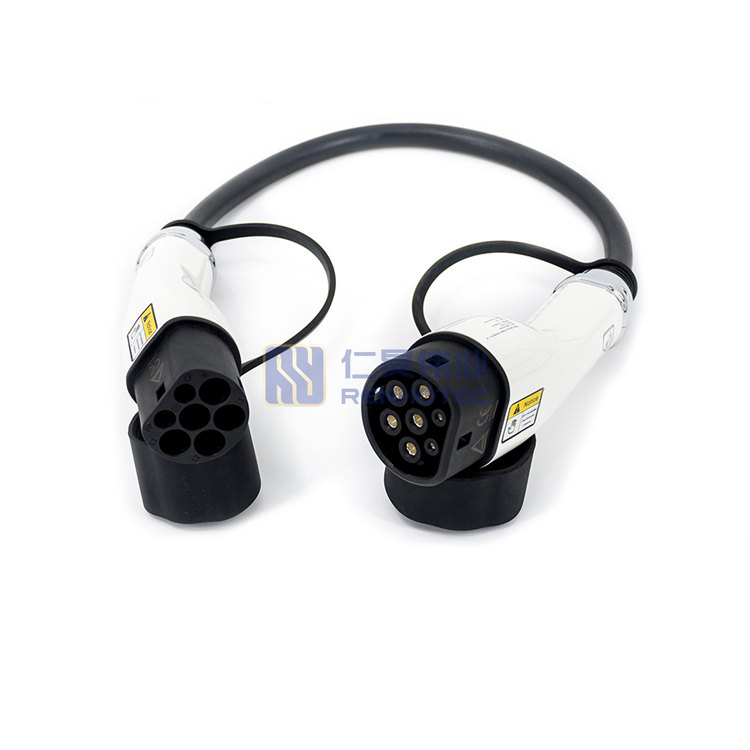Hybrid Connector is a multifunctional electronic connector that integrates power, signal, and data transmission. Through innovative design and modular structure, it meets the demand for efficient and reliable connections in modern industries, electric vehicles, and communication equipment. This article will delve into the functions, structure, working principles, and wide-ranging applications of hybrid connectors.
Core Functions of Hybrid Connectors
The main functions of hybrid connectors include:
Power Transmission:
- Handling high current, such as 250A, and high voltage, like 1000V DC. As a result, it is well – suited for high – power applications, including electric vehicle charging and powering industrial equipment.
- Uses highly conductive materials (e.g., gold-plated copper) to reduce energy loss and ensure efficient transmission.
Signal Transmission:
- Transmits low-frequency signals, such as sensor data and control signals.
- Prevents electromagnetic interference (EMI) through shielding design, ensuring signal integrity.
Data Communication:
- Supports high-speed data transmission, suitable for 5G communication, IoT devices, and data centers.
- Employs differential signal transmission technology to enhance data transfer rates and stability.
Anti-Interference Capability:
- Effectively prevents external electromagnetic and radio frequency interference through metal shielding layers (e.g., copper mesh or aluminum foil) and grounding design.
Structural Design of Hybrid Connectors
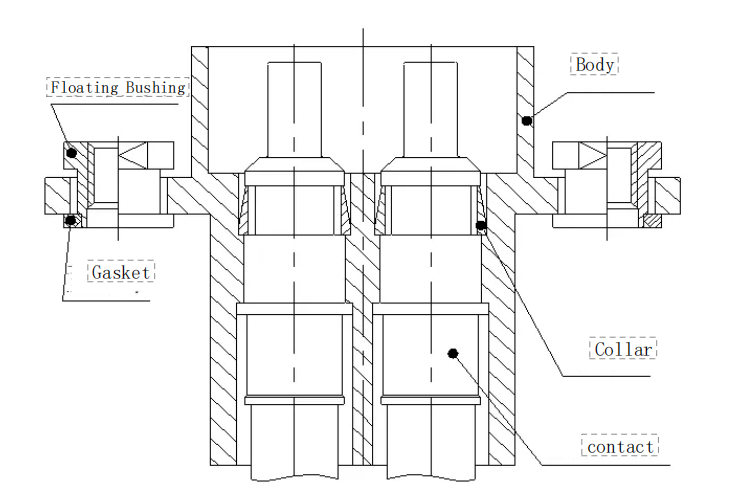
The structural design of hybrid connectors is flexible and diverse, typically including the following key components:
Plug and Socket:
- The plug is the free end, and the socket is the fixed end, enabling quick connection and disconnection.
- Some designs support floating functionality for easier alignment and installation.
Shielding Layer:
- Uses copper mesh or aluminum foil to prevent external interference.
- The shielding layer directs interference signals to the ground through grounding design.
Modular Design:
- Allows flexible configuration, enabling users to select power, signal, or data modules as needed.
- For example, the Molex Hybrid Connector series allows users to freely combine different modules for customized solutions.
Waterproof and Dustproof Design:
- Meets an IP67 protection rating or even higher. Can work just fine in tough environments, whether it’s for outdoor equipment or in industrial workshops.
Working Principles of Hybrid Connectors
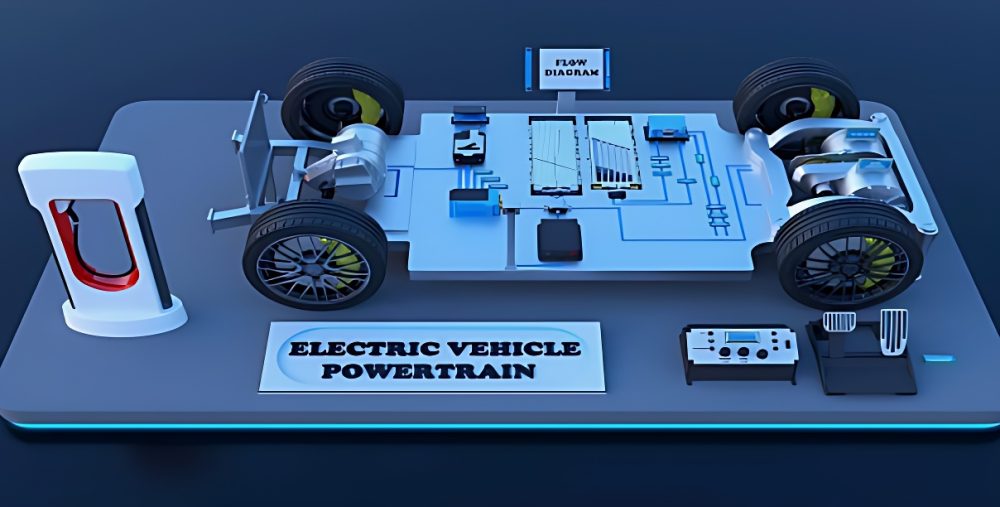
Hybrid connectors ensure efficient power, signal, and data transmission through layered design and shielding technology:
Advantages of Hybrid Connectors
- High Power Transmission Capability:
Supports up to 1000V DC and 250A current, suitable for electric vehicle fast charging and industrial equipment.
- Strong Anti-Interference Performance:
Effectively prevents electromagnetic and radio frequency interference through shielding design and grounding technology.
- Space-Saving:
Compact design integrates multiple functions, optimizing equipment layout.
- Waterproof and Dustproof:
IP67 protection rating makes it suitable for outdoor and harsh environments.
- Modular Design:
Flexible configuration meets diverse application requirements.
Application Scenarios of Hybrid Connectors
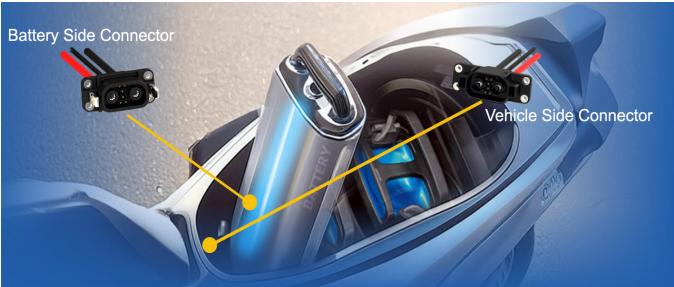
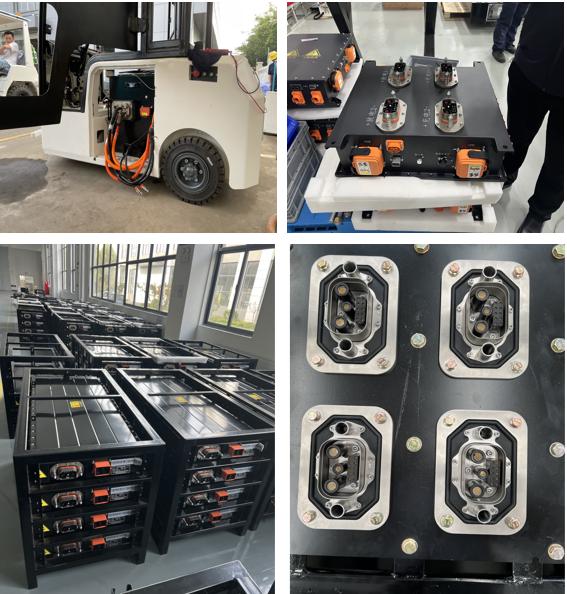
Hybrid connectors are widely used in the following fields:
-
Electric Vehicles (EVs)
- Battery Management Systems (BMS): Enable real-time monitoring and control of battery cells, handling high voltages (up to 1000V DC) and currents (up to 250A) for optimal performance and safety.
- Charging Systems: Support fast charging by delivering power and enabling data communication simultaneously, optimizing energy transfer and reducing charging times.
- Onboard Systems: Ensure reliable power and signal transmission for motor controllers, infotainment, and other critical systems in EVs, bikes, and motorcycles.
-
Industrial Automation
- Robotic Arms: Provide stable power and precise signal transmission for high-speed, high-precision operations in manufacturing and assembly lines.
- PLC Systems: Ensure seamless communication between sensors, actuators, and control units, enhancing system reliability.
- Harsh Environments: Designed with IP67 +, they withstand dust, moisture, and extreme temperatures, making them ideal for industrial and outdoor use.
-
Renewable Energy
- Energy Storage Systems (ESS): Handle high voltages (up to 1500V DC) and currents, ensuring efficient energy transfer and storage in battery systems.
- Solar Inverters: Connect solar panels to inverters, enabling the conversion of DC power to AC for grid integration.
- Wind Turbines: Transmit power and data between turbines and control systems, ensuring optimal performance and maintenance.
-
Communication Equipment
- 5G Base Stations: Support high-speed data transmission and power delivery, ensuring reliable connectivity for 5G networks.
- Data Centers: Enable efficient power distribution and high-speed data transfer, reducing latency and improving performance in servers.
- IoT Devices: Handle power and data transmission in compact designs, ideal for IoT gateways and edge devices.
- Hybrid Cable Connectors: Integrate power and data lines into a single cable, simplifying installation and reducing costs in communication systems.

